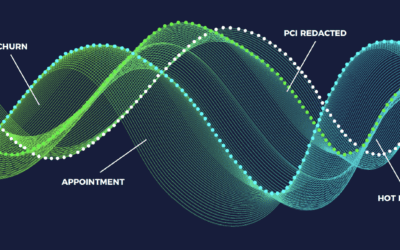WHAT IS SPEECH ANALYTICS & WHAT DOES IT DO FOR MY BUSINESS?
Speech analytics is a method of analyzing recorded conversations to extract and parse out data from your business communications to gain additional insights. Many contact centers currently use customer service agents to manually listen to and interpret their customer calls. However, on average less than 5% of all calls are reached for quality assurance (QA). This leaves out potentially hundreds or thousands of hours of data that could fill the performance gaps of your business. By investing in a speech analytics tool, a contact center can now score 100% of their calls through methods such as Natural Language Processing (NLP) or artificial intelligence (AI); these tools also allow you to dive into a root-cause analysis of your business.
Imagine being able to pinpoint the exact source of customer dissatisfaction. By utilizing a speech analytics tool, such as VoiceBase, you’ll be able to define conversations through metrics, such as keywords and phrases tracking, in order to better understand your consumers’ needs. With this information, trends can be followed, up-sell opportunities identified, and quality assurance measures can be robust.
HOW DOES SPEECH ANALYTICS WORK?
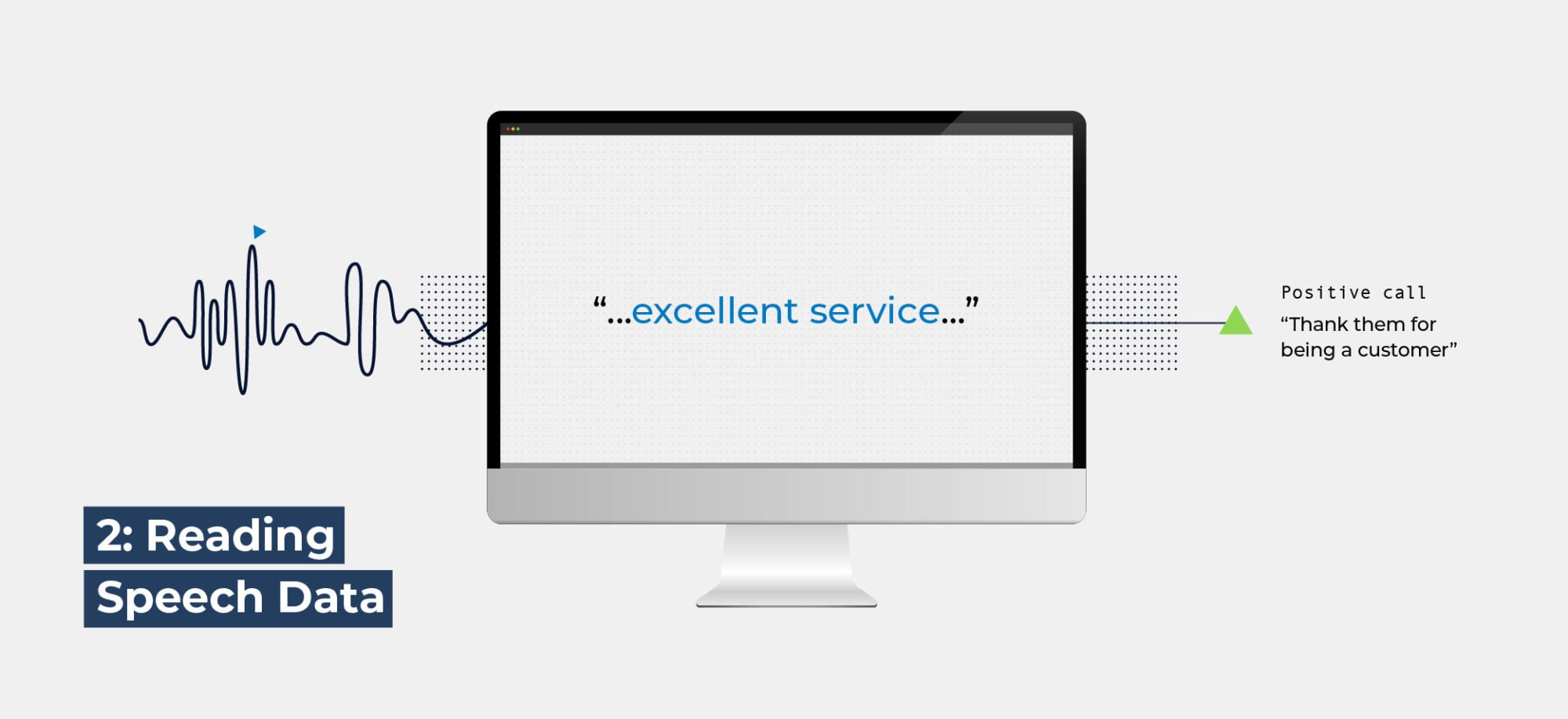
There are two common methods to detect information in spoken content: keyword spotting and predictive insights.
Keyword spotting is the process for identifying specific words and phrases used during a call. These keywords are then assigned rules to be fulfilled by an API tool, such as scoring calls positively that contain the word “happy” or “excellent service.” This method can be applied during an API request, and therefore can be done in the moment.
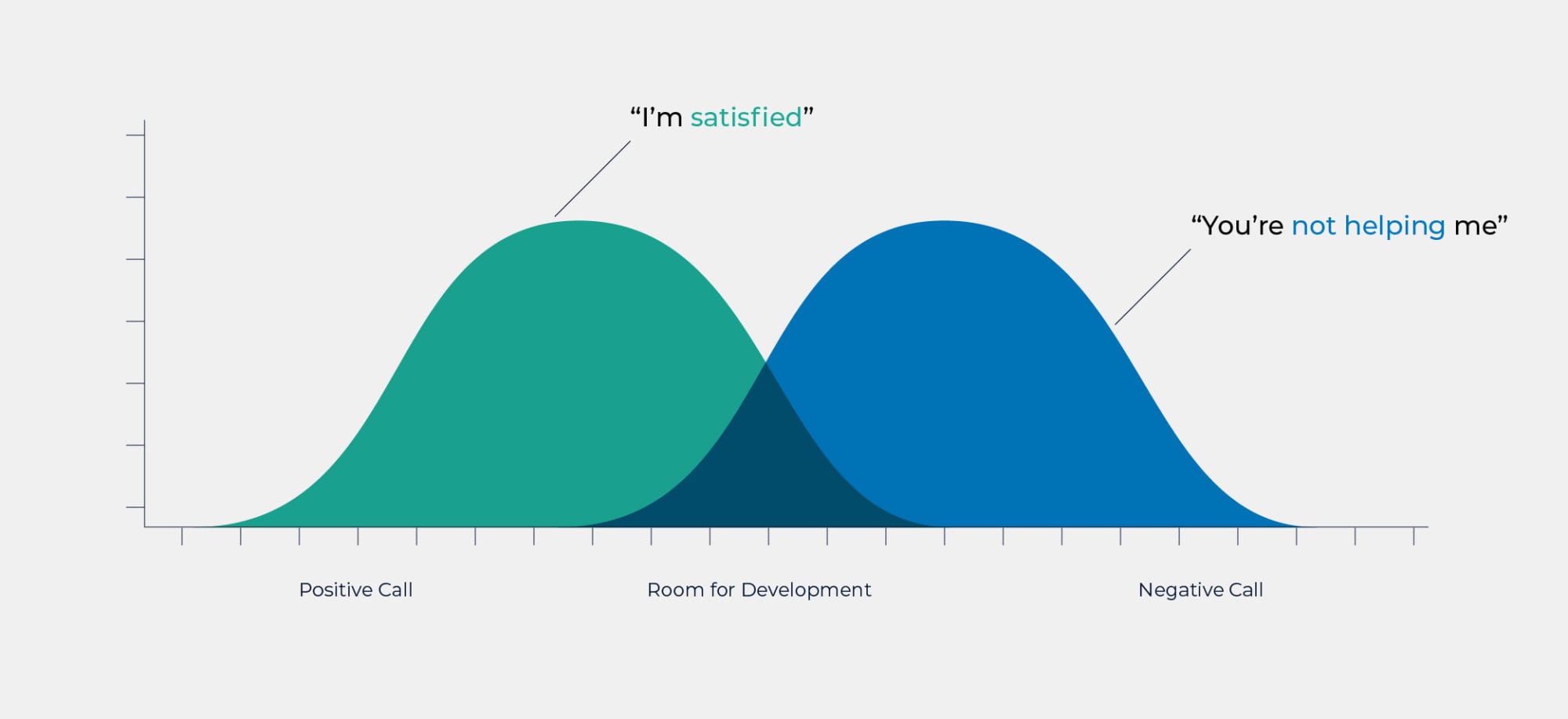
Predictive insights takes keyword spotting a step further, understanding and recognizing the nuances and intent of the customer. It’s used to detect complex events such as Hot Leads, Pre-Churn Accounts, Appointments Made and more. Because this is done through machine learning and predictive analytics training processes, this process needs to be prepared prior to an API request, and takes a bit more time to parse through.
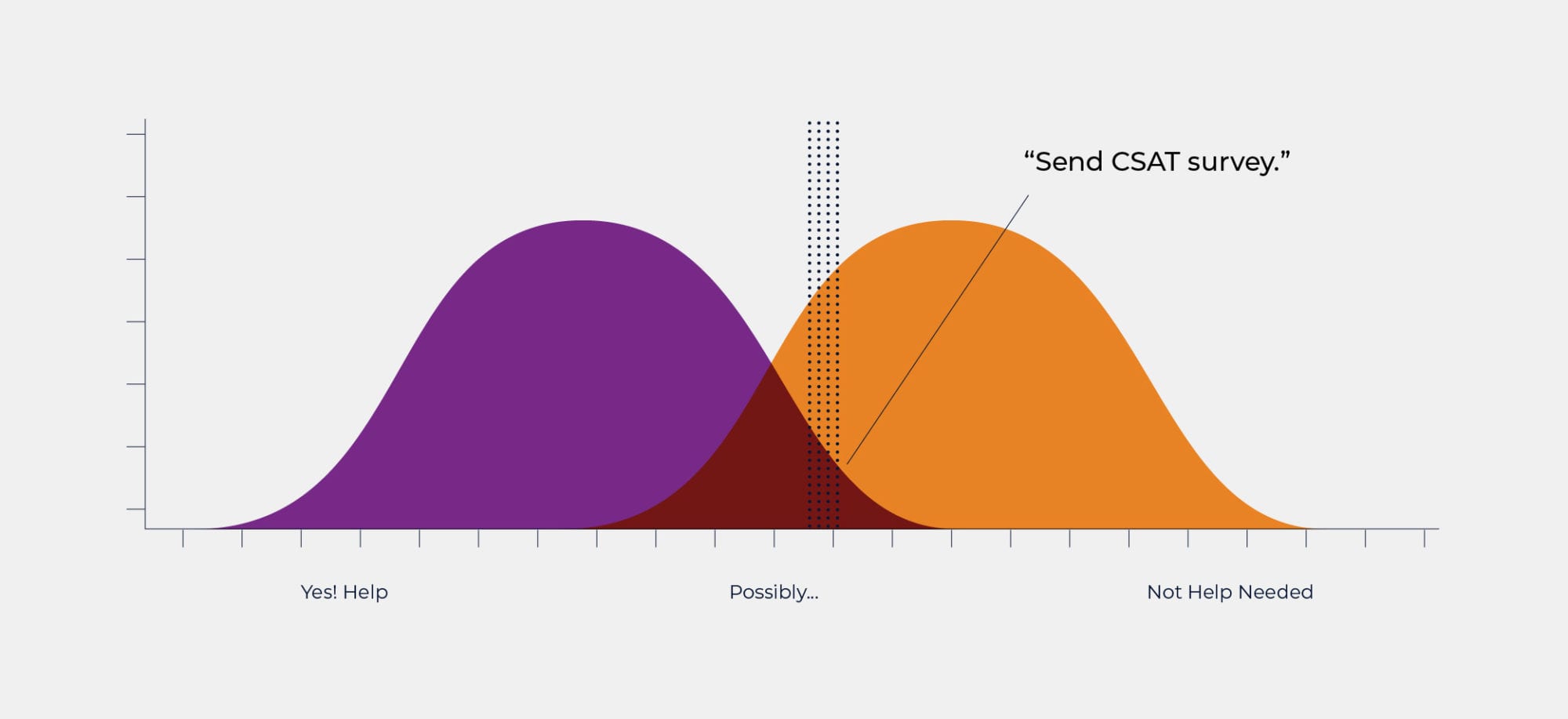
Because we want to look at quickly implementing speech analytics in your contact center, let’s focus on seven themes of keywords that you can use keyword spotting with to jumpstart your SA journey.
TYPES OF KEYWORDS TO FOCUS ON
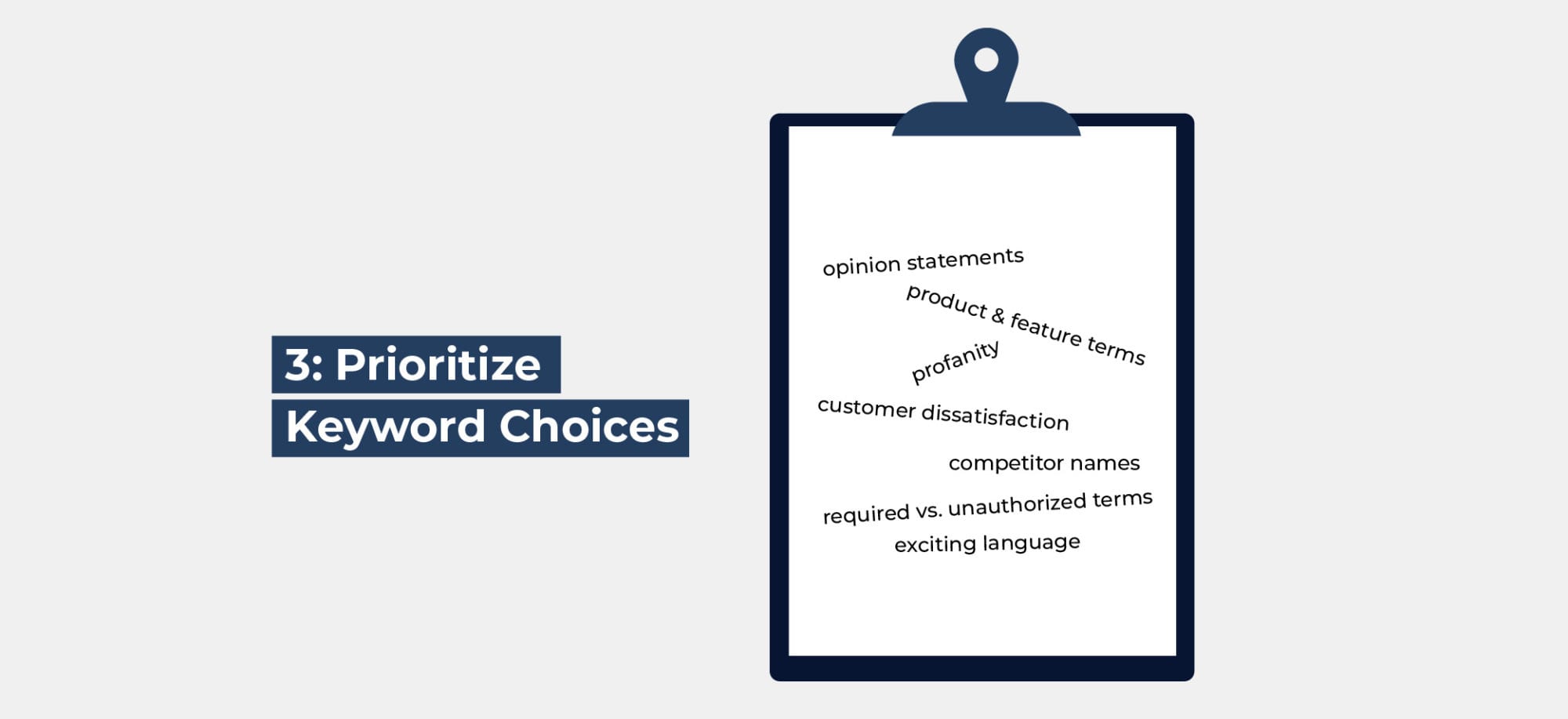
The most important question to ask when deciding what keywords/phrases to look for first is “What do I need to improve on first?” To ensure absolute effectiveness, it’s important to first inventory what your business could benefit from most before adopting a voice analytics tool. Based on the answer to that question, your team can then prioritize what divisions of your contact center can benefit from some keyword spotting analysis. Here are seven the most common focus areas of keywords your agents can begin with for the quickest results.
OPINION STATEMENTS
From the customer: “I want” “I need” “I like” “I hate” “I wish”
These can be used to understand the voice of the customer and prioritize efforts to maximize customer satisfaction
COMPETITOR NAMES
Make sure to also include specific product names from competitors as well. Learning what your customers think about competitors, and how they compare your brand/company to theirs, is important to any industry.
PRODUCT & FEATURE TERMS
Monitoring the mentions of your own products and features spots trends, and learns which customers favor this and which customers dislike that.
PROFANITY
This one is standard, and should be monitored through both the customer and the agent. Businesses can quickly detect potentially angry customers, and use this information to improve customer retention rates. It’s also important to flag any inappropriate agent profanity, so that those calls can be escalated to management for immediate review.
EXCITING LANGUAGE
From the customer: “Interested in” “purchase”
This list can be very broad, however when utilizing keyword spotting in conjunction with predictive insights, being able to detect when a caller is VERY interested versus SLIGHTLY interested can be useful toward up-sell opportunities, or identifying a new brand evangelist.
REQUIRED VS. UNAUTHORIZED TERMS
From the agent: “money-back guarantee” “two year commitment” “free trial” “30 day trial”
Identify mandatory script phrases from your agents to keep them compliant and on track. This allows for quick, efficient and automated agent monitoring.
CUSTOMER DISSATISFACTION
From the customer: “I’m switching to…” “I’m not happy with” “cancel account” “close account” “cancel service” “stop service” “last bill” “last invoice”
Arguably, these calls are the heart of any contact center, but don’t just take them for how they come. Work with your agents to reach out, offer discounts, and try to improve customer retention when a customer has been identified as “upset,” “angry,” or “dissatisfied.”
Want to get started with speech analytics? Contact us here to set up a free demo of VoiceBase’s speech recognition, speech analytics and predictive insights.

